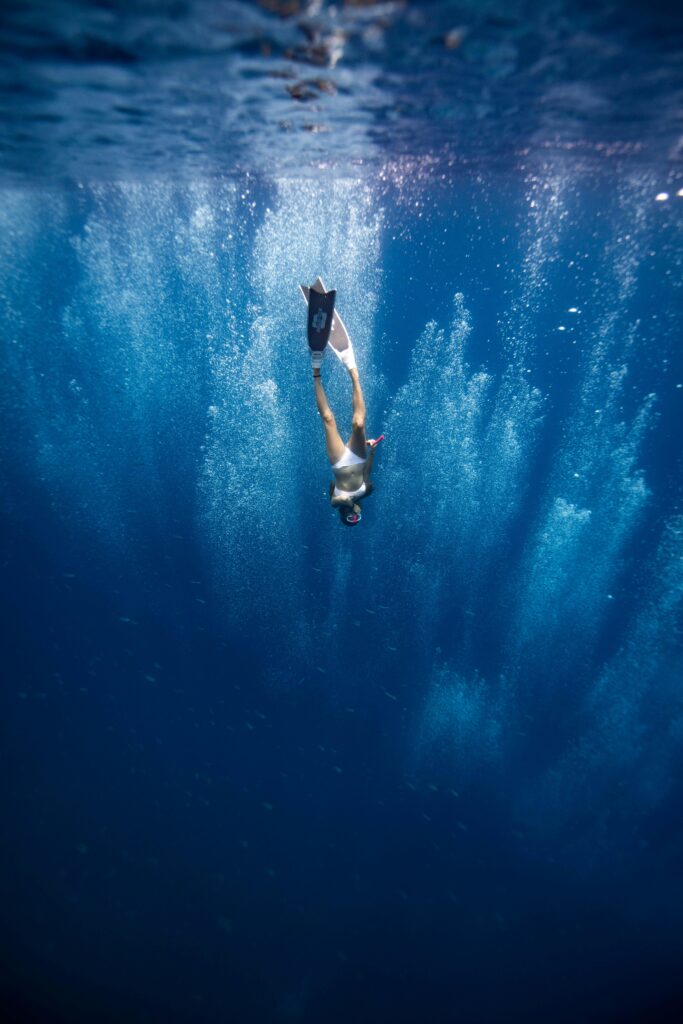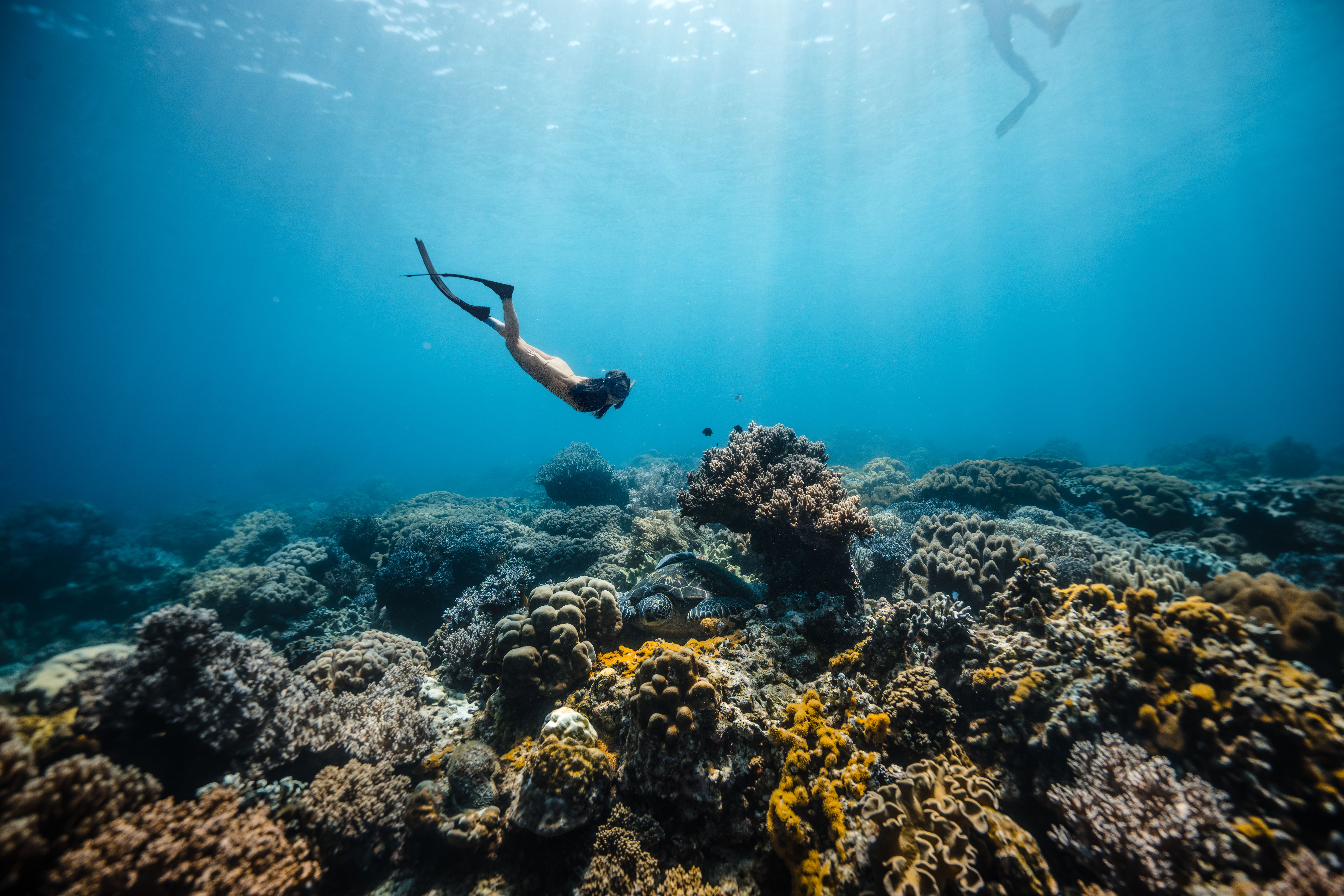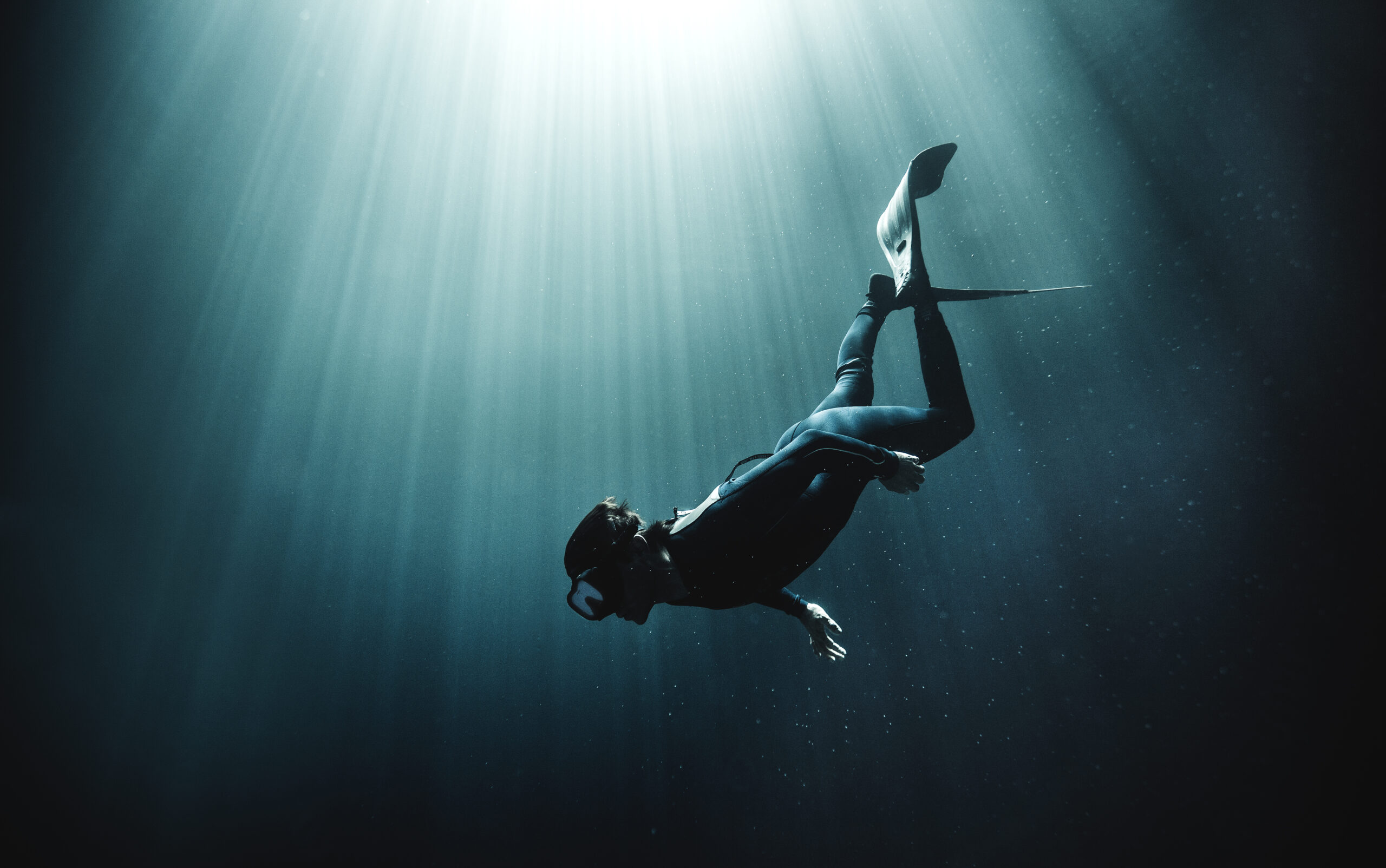Freediving, the act of diving underwater without the use of scuba gear, is a sport that combines physical skill with mental discipline. Divers rely solely on their ability to hold their breath as they descend into the ocean’s depths. But just how deep can a human go on a single breath? In this article, we’ll explore the impressive feats of freedivers and answer the question: what is the deepest freedive?
What is Freediving?
Freediving is an ancient practice that has been used for millennia for activities like food gathering, sponge fishing, and pearl diving. In modern times, it has become a competitive sport, with divers aiming to achieve new records in various disciplines.
The Appeal of Freediving
Unlike scuba diving, freediving offers a quiet and personal experience, free from the bubbles and noise of breathing apparatus. This connection to the water and marine life, along with the challenge of pushing personal limits, draws many to the sport.
The Physiology of Freediving
When freedivers descend, their bodies undergo remarkable physiological changes, known as the mammalian dive reflex. This reflex, which is stronger in some individuals, allows the body to conserve oxygen and manage the increased pressure of deep water.
The Mammalian Dive Reflex
The mammalian dive reflex consists of a series of adaptations: bradycardia (slowing of the heart rate), peripheral vasoconstriction (reduction of blood flow to the extremities), and the blood shift (redistribution of blood to the vital organs). These changes enable freedivers to stay underwater for extended periods and reach impressive depths.
Training and Preparation
Freedivers train extensively to improve their breath-holding abilities, increase lung capacity, and learn relaxation techniques. This preparation is crucial for deep dives, where the pressure can be immense, and every second counts.

The Deepest Freedive: A Record-Breaking Achievement
The question, “What is the deepest freedive?” has a continually evolving answer as divers push the boundaries. The current record for the deepest no-limits freedive is held by Austrian diver Herbert Nitsch, who reached a depth of 214 meters (702 feet) in 2007.
No-Limits Freediving
In no-limits freediving, the most extreme of the freediving disciplines, divers use a weighted sled to descend as quickly as possible and an inflatable bag to return to the surface. This category allows for the deepest dives, as divers are not limited by their ability to swim up and down.

The Risks of Deep Diving
While the achievements of freedivers are impressive, deep diving is not without risks. The immense pressure at depth can lead to serious conditions like barotrauma, decompression sickness, and nitrogen narcosis.
Understanding the Dangers
Freedivers must be aware of the signs and symptoms of these conditions and know how to mitigate the risks. Proper training, adherence to safety protocols, and diving within one’s limits are vital for preventing accidents.
Safety Measures
Safety divers, proper equipment, and emergency procedures are essential components of a safe freedive, especially when attempting record-breaking depths.
Technology for Safety and Record-Keeping
Advances in technology have improved safety for freedivers, allowing for better monitoring of depth and time underwater.
Dive Computers
Modern dive computers are an invaluable tool for freedivers, providing real-time information on depth, dive time, and ascent rate. These devices help divers manage their dives and ensure they adhere to safety margins.
Verification and Record-Keeping
For a freedive to be recognized as a record, it must be verified by organizations like AIDA International (Association Internationale pour le Développement de l’Apnée). Dive computers, along with witnesses and video evidence, are used to confirm the accuracy of a record attempt.
The Future of Freediving
The sport of freediving is continually evolving, with divers exploring new techniques and training methods to reach even greater depths.
Pushing the Limits
As our understanding of the human body’s capabilities expands, freedivers will continue to test the boundaries of what is possible. Innovations in training, technology, and safety could see records broken and the answer to “What is the deepest freedive?” redefined.
Promoting Safety and Sustainability
As the sport grows in popularity, there is an increasing focus on promoting safe practices and preserving the marine environments that freedivers cherish. The freediving community is active in conservation efforts and in educating newcomers about the importance of respecting the ocean.
Takeaways
Freediving is a sport that challenges the mind and body, allowing individuals to explore the underwater world in its purest form. The deepest freedive to date is a testament to human potential and the enduring fascination with what lies beneath the surface.
Whether you are a seasoned freediver or simply intrigued by the sport, the achievements of those who venture into the deep serve as a reminder of the wonders of the ocean and the capabilities of the human spirit. As we continue to explore and understand the depths, the limits of freediving will undoubtedly be pushed further, inspiring awe and respect for both the sport and the sea.


